The Breakout You Didn't See Coming
What if your acne isn't caused by your skincare… but by your sheets?
TL;DR: Synthetic fabrics dyed with petroleum-based disperse dyes can bond with your skin proteins, triggering inflammation and acne-like breakouts. Your pillowcase might be sabotaging your skincare routine.
You eat clean. You double-cleanse. You avoid sugar, dairy, stress (well, mostly). And yet, the breakouts persist.
Before you blame your hormones or your moisturizer, here's a twist: the culprit might be your pillowcase. Specifically, what it's made of and dyed with.
Plastics on Skin: How Disperse Dyes Enter the Picture
Here's a fun (and slightly gross) fact: most of what touches your skin every day is plastic. Polyester, nylon, and acrylic, all made from petroleum, just like water bottles.
To make them colorful, manufacturers use azo disperse dyes, super-strong synthetic dyes designed to bond with plastic. The problem? These same dyes don't just cling to your T-shirt, they can also bond with your skin.
In 2019, France's ANSES analyzed real cases of clothing-induced rashes. Out of 50 patients, many were reacting to disperse dyes used in their clothes. The agency eventually pushed to restrict more than 1,000 sensitizing chemicals, 25 of them being these very dyes.
So if you've ever wondered why your "organic cotton" shirt still makes you itch, check what it's dyed with.
What the Lab Shows (Duke University 2023)
In 2023, researchers at Duke University published a study examining how these azobenzene disperse dyes interact with the skin on a molecular level.
They found that these dyes bond directly to skin proteins, the first biological step in triggering allergies and inflammation. In the lab, polyester shirts with higher dye concentrations caused stronger biological reactions.
In other words, the more brightly colored your synthetic fabric, the higher the potential for irritation.
From Rashes to Acne-Like Flares: Friction, Heat, and the Microbiome
"Wait," you might say, "that sounds like an allergy, not acne." True, but skin inflammation has many disguises.
When dyes irritate the skin or disrupt its microbiome, pores clog more easily. Add a little friction, heat, and sweat, and you've got the perfect storm for acne mechanica, a fancy term for breakouts caused by rubbing, pressure, or trapped moisture.
We saw this clearly during the "maskne" wave: fabric occlusion disrupted the skin's microbiome, clogged pores, and amplified inflammation. The same principle applies to your pillowcase, sportswear, or polyester sheets.
Do Dyes Leave the Fabric? What Sweat and Heat Do
Short answer: yes.
Under heat and sweat, disperse dyes can leach out of synthetic fibers and transfer onto skin. Tests simulating real-life wear found that dyes and even trace metals like antimony (from polyester) migrate when the fabric gets warm or damp, like during sleep.
So if you're sleeping on dyed polyester sheets, you're effectively spending eight hours every night in a low-level chemical peel.
What You Can Do: Break Free from Textile Triggers
- 👀 Pay attention to contact zones: If your acne clusters where fabric touches most, along the jawline, shoulders, or back, consider textile triggers alongside diet and skincare
- 🌿 Choose natural fibers: Opt for 100% natural materials like cotton, linen, or silk
- 🎨 Avoid synthetic dyes: Even if a brand claims to be "organic," the dyes might not be. Look for undyed or plant-dyed options
- 🌬️ Keep things breathable: Looser weaves and lighter fabrics minimize friction and heat buildup
- 🩺 If irritation persists: Ask your dermatologist about textile dye patch testing. Most standard allergy panels don't include these dyes
Why We Built AIZOME This Way
At AIZOME, we've spent years asking a simple question: What if fabric could actually be good for your skin?
Our answer was to return to nature and back up every choice with science.
- 🌱 We use 100% GOTS organic unbleached cotton, not petroleum-based fibers
- 🌿 We color our fabrics using plants, not chemicals. Indigo, rubia, and sumac are known for their soothing and antimicrobial properties
- 🔬 And we test every batch to ensure it's truly free from synthetic residues
Because your skin isn't a barrier, it's a living, breathing organ that absorbs, reacts, and heals. It deserves better than plastic and petrol dyes.
So next time your skin flares up, don't just change your cleanser. Change what touches you.

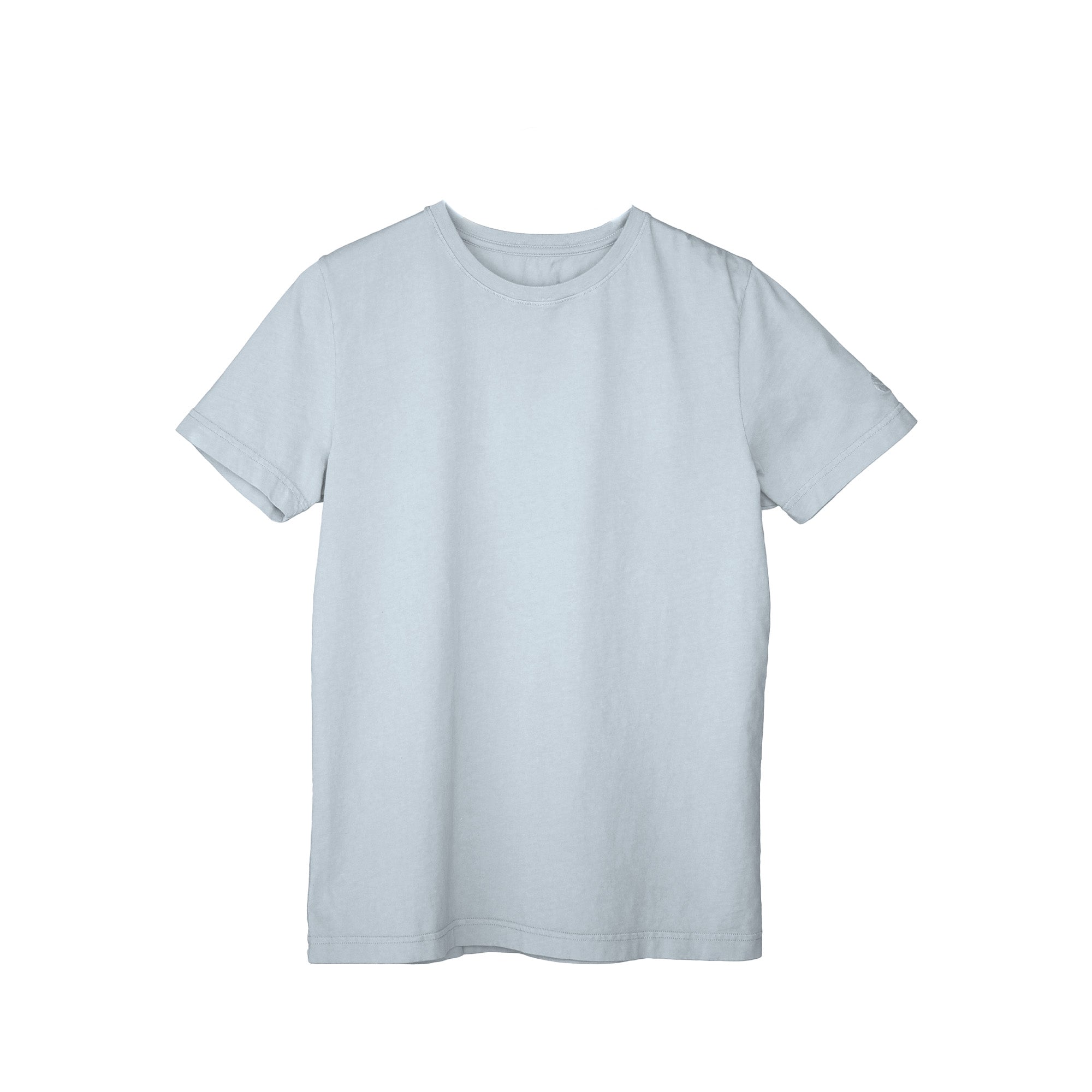

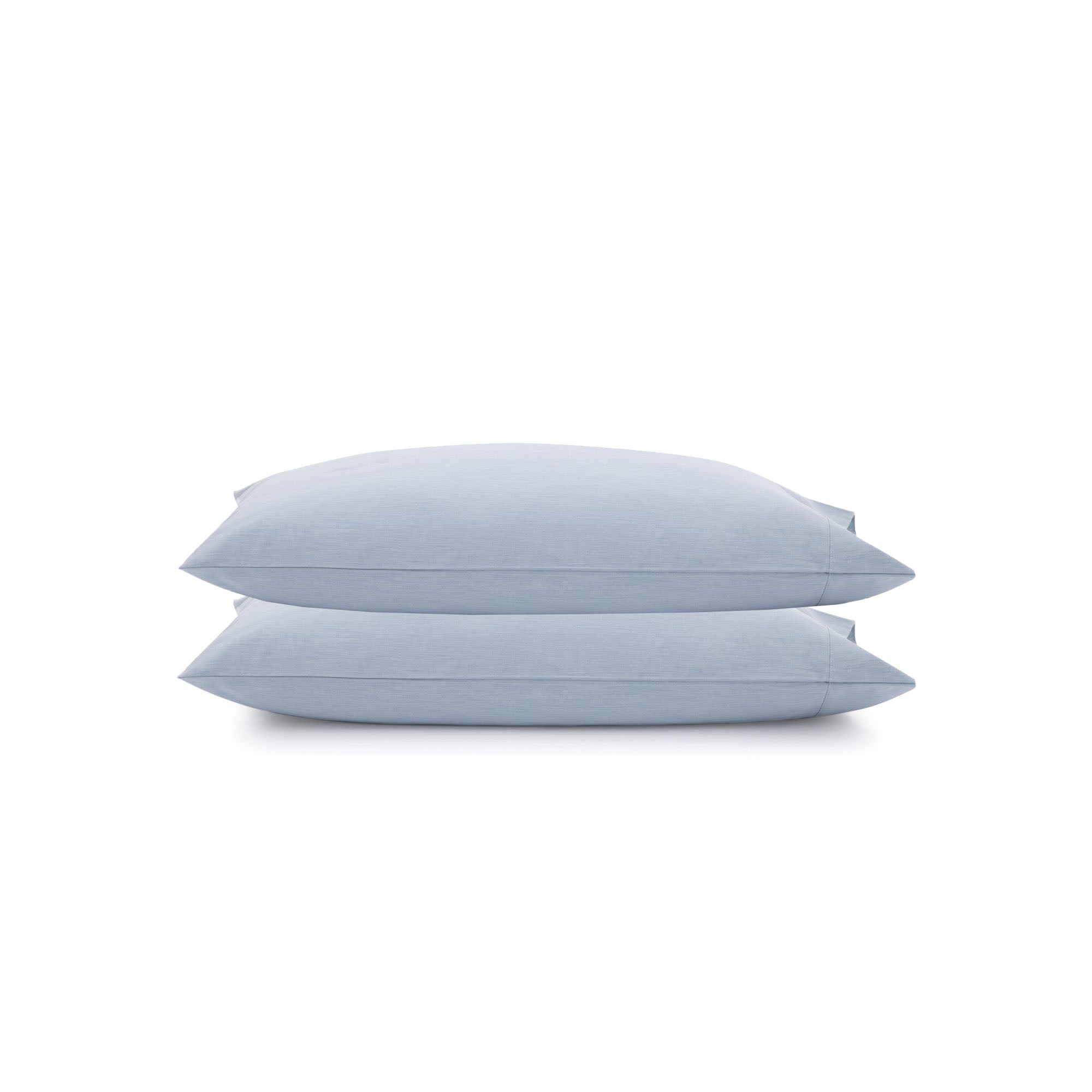
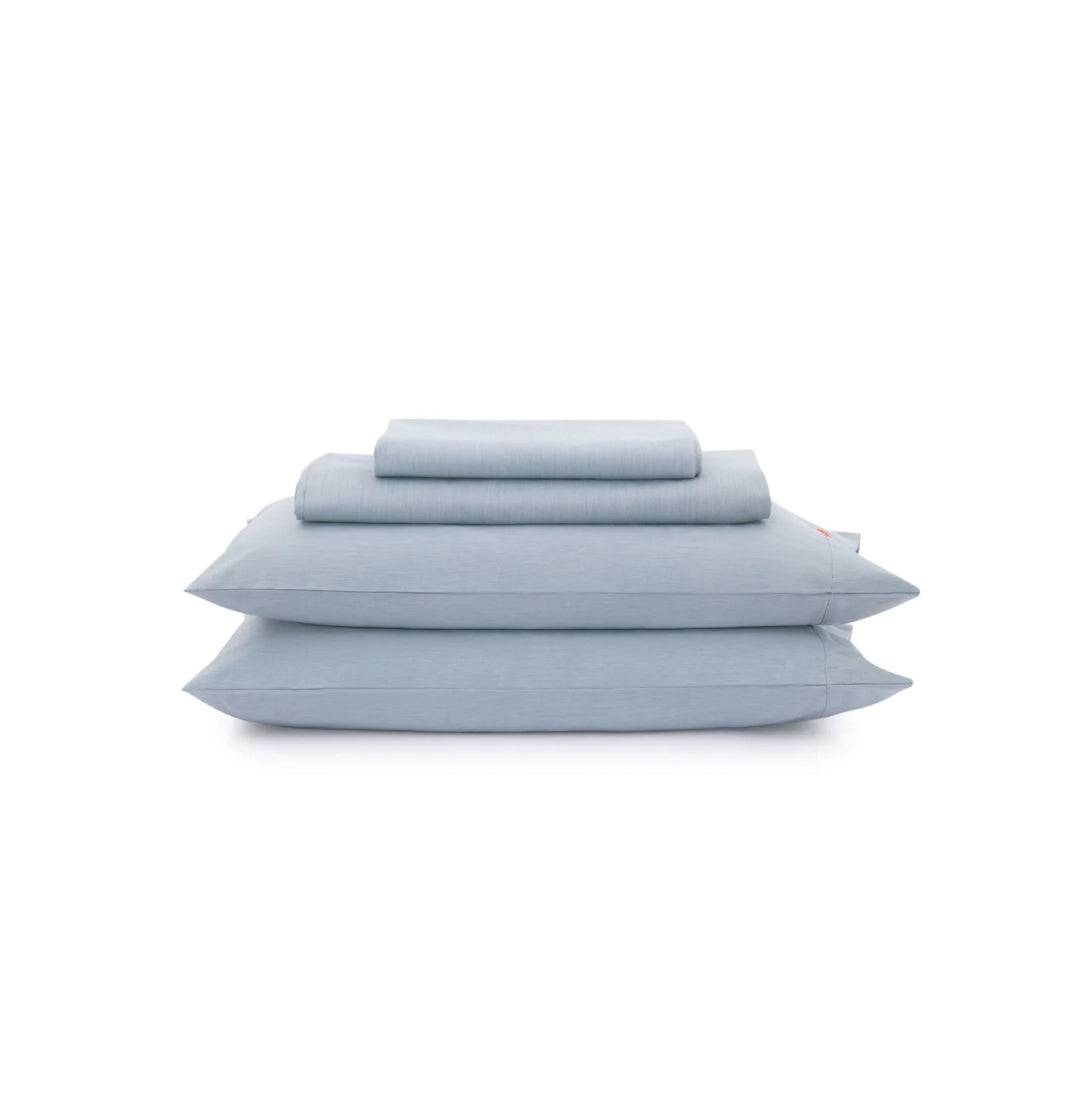
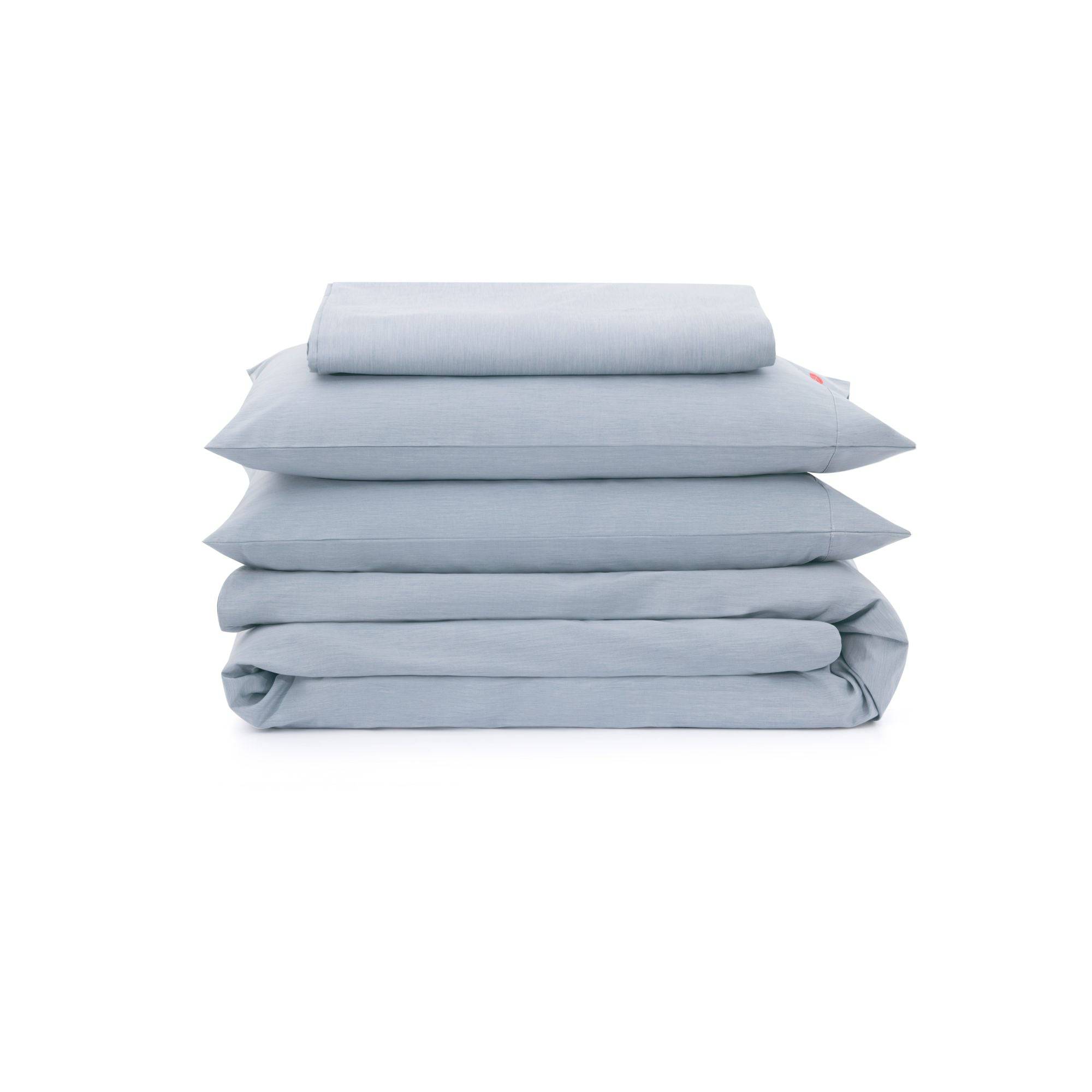
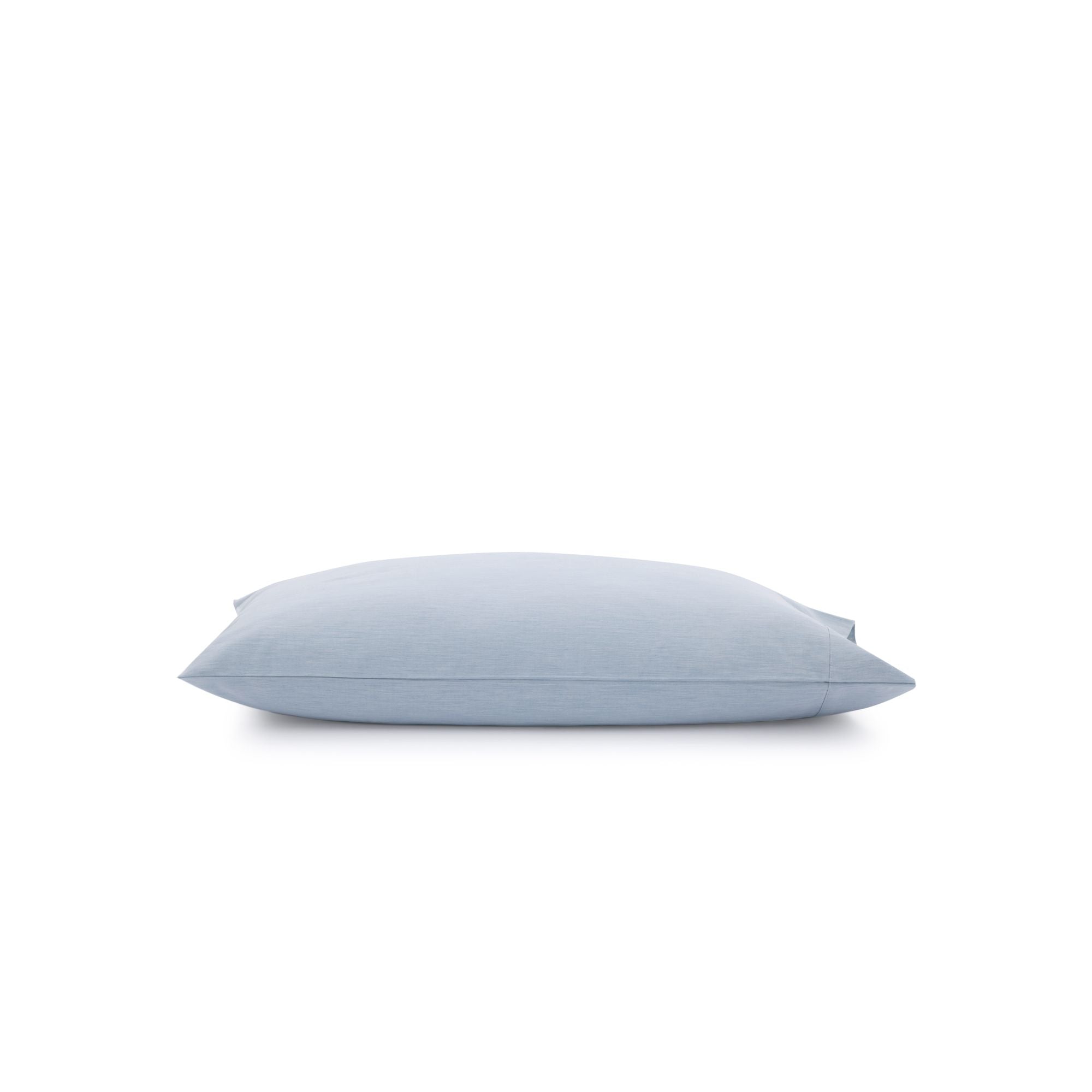
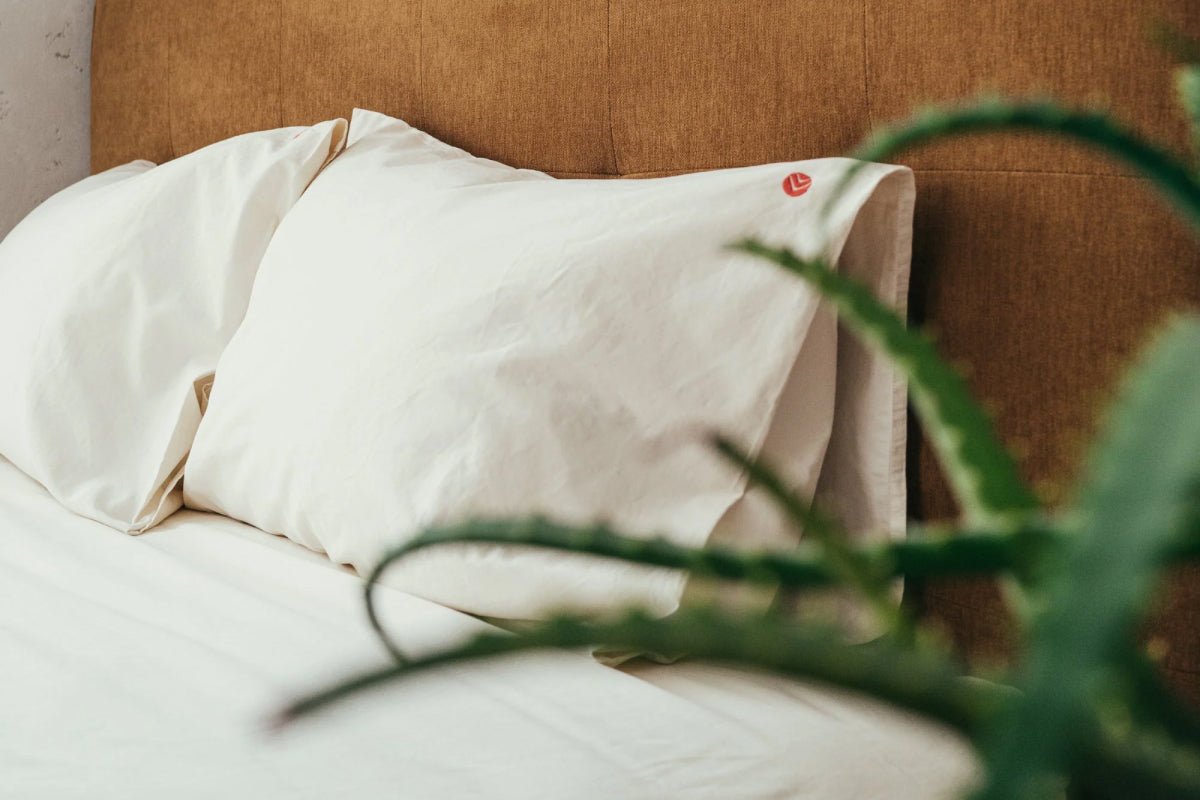 Bedding
Bedding
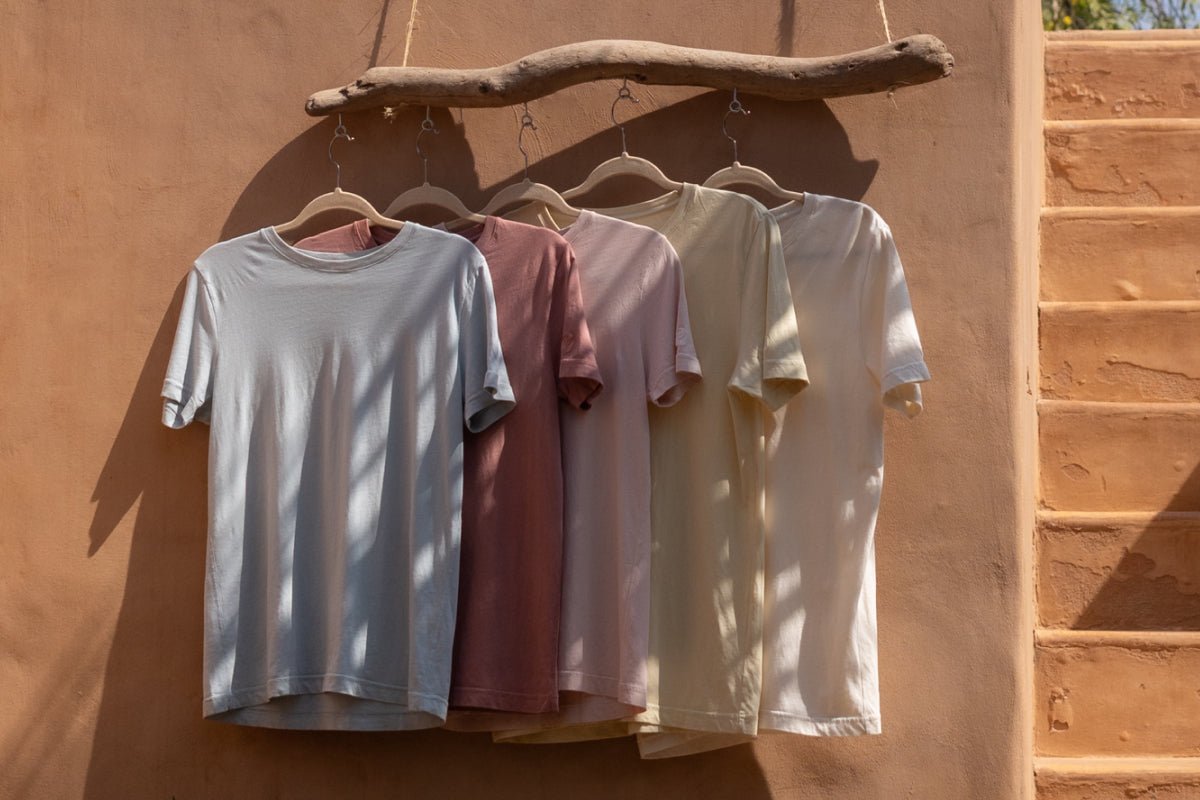 Clothing & Accessories
Clothing & Accessories
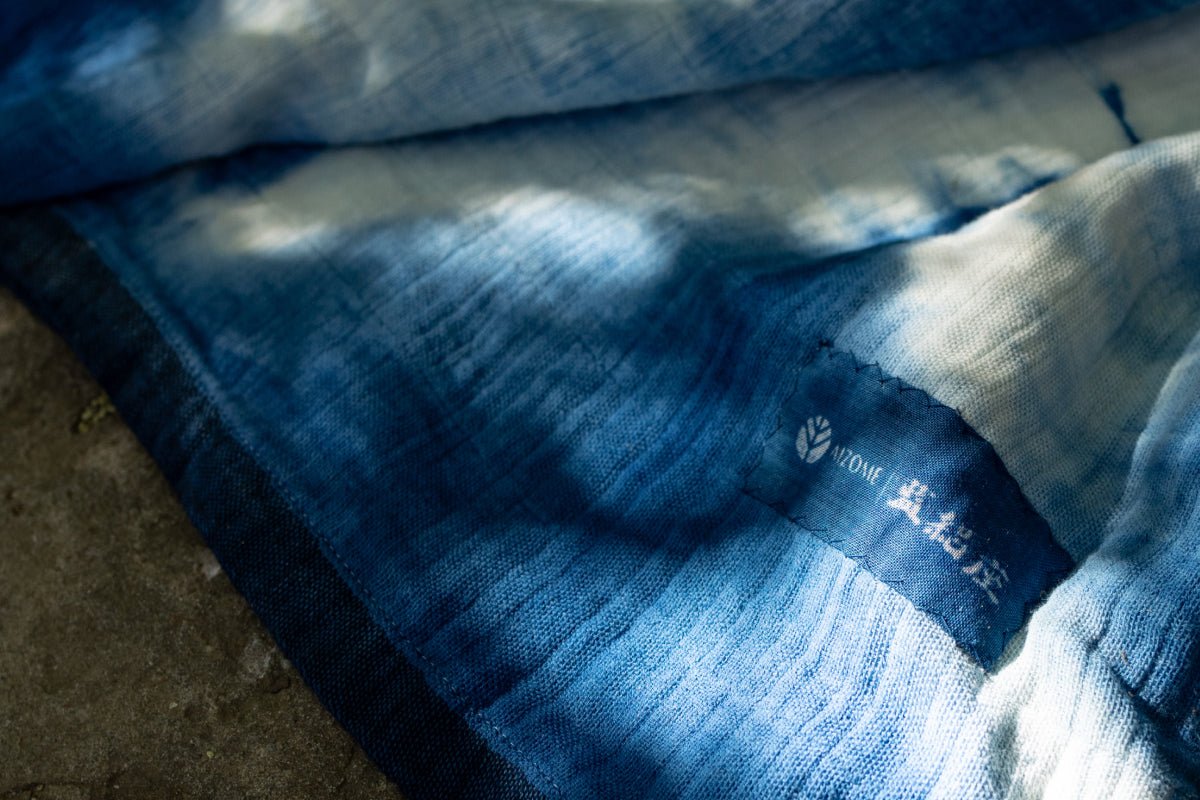 Artisan Line
Artisan Line
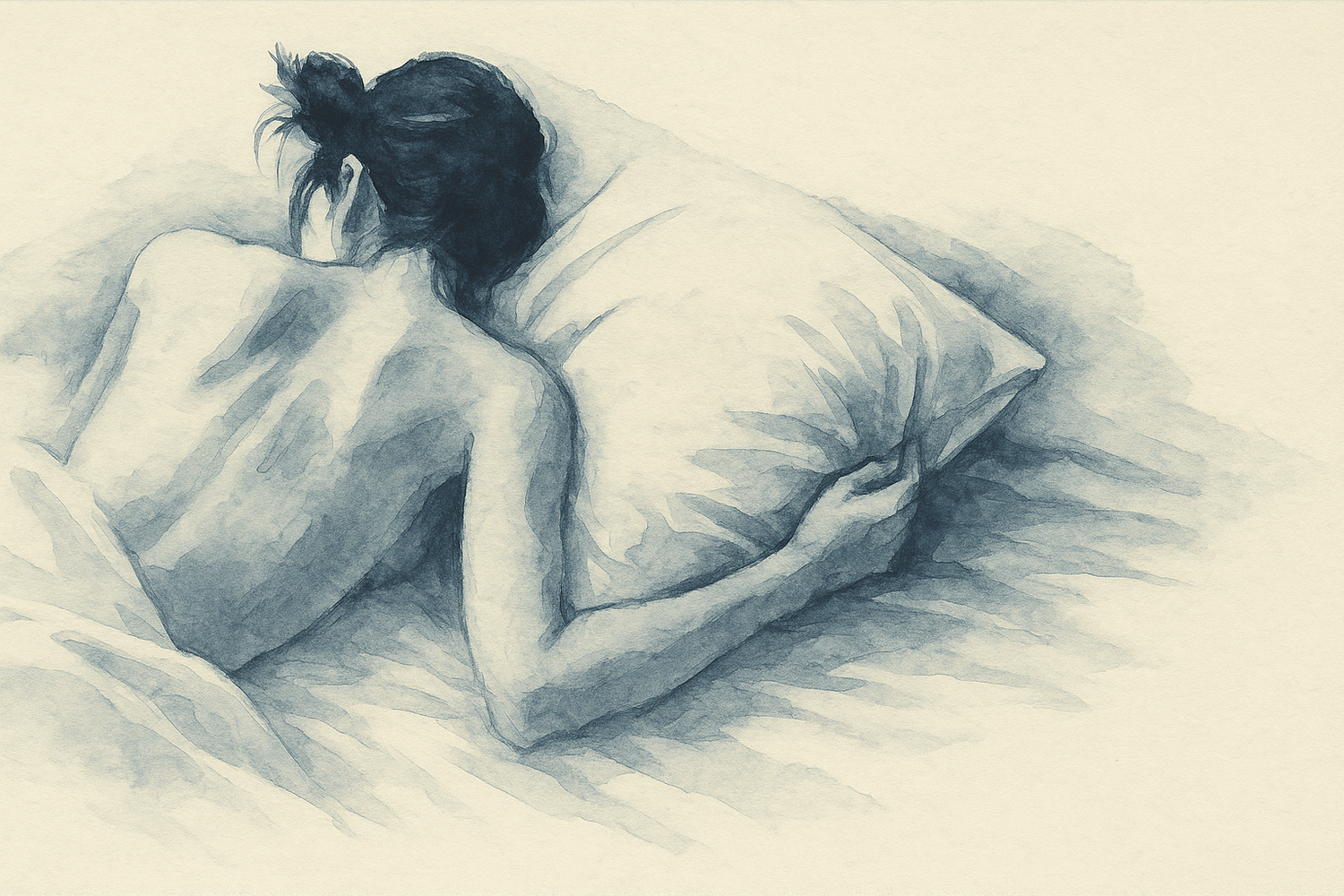

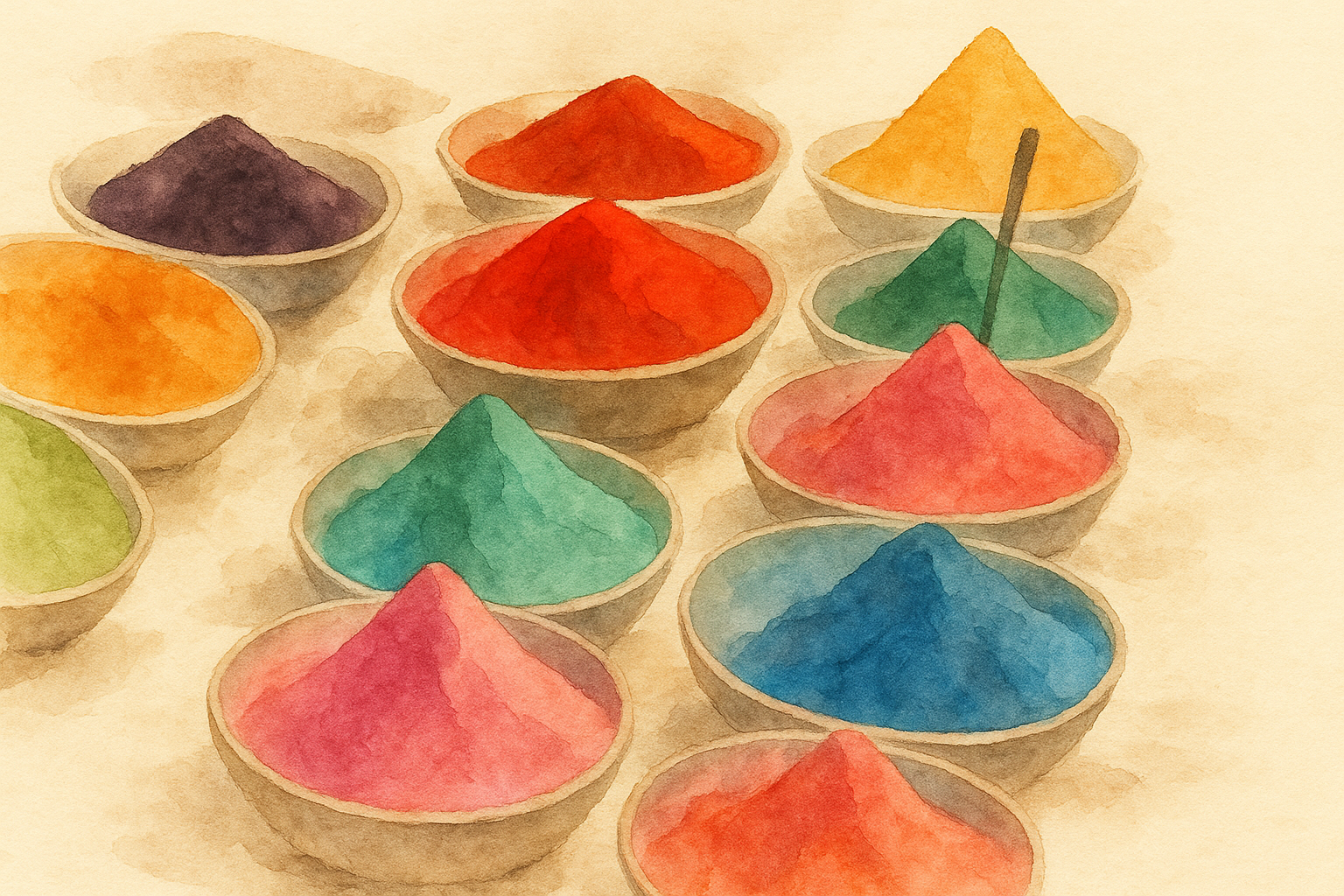

Leave a comment
All comments are moderated before being published.
This site is protected by hCaptcha and the hCaptcha Privacy Policy and Terms of Service apply.